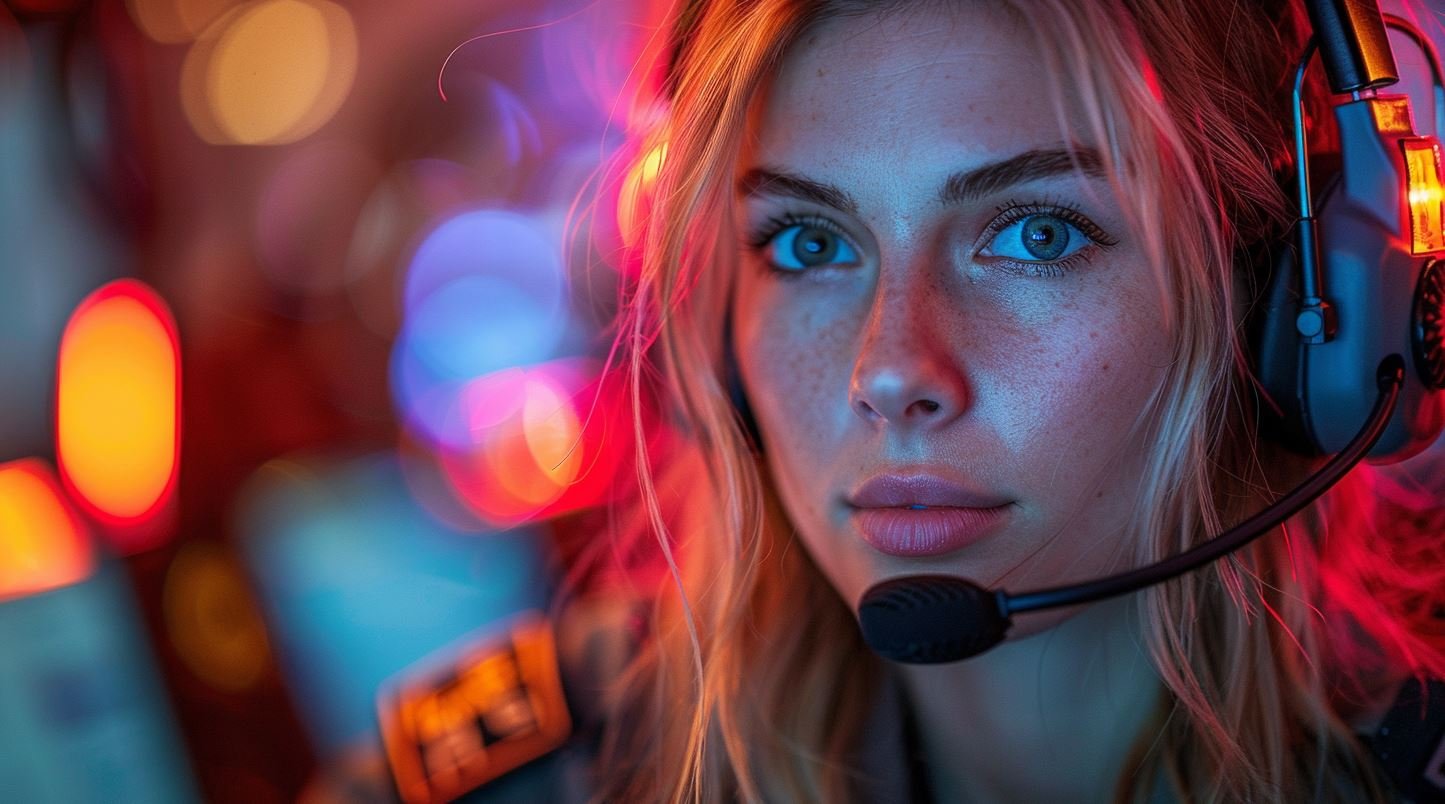Why Are Police Cars Black and White?
Shades of Authority: Decoding the Colors of the Cruiser
In the sprawling tapestry of vehicular design, few color schemes are as immediately recognizable as the black and white police car.
Its presence on roads across the United States signifies authority, safety, and public service.
But how did this iconic duo of shades come to represent law enforcement?
Let's delve into the history and reasoning behind the classic black and white police vehicle.
Short Answer:
Q: Why are police cars black and white?
A: The iconic black and white color scheme of police cars has historical, practical, and economic roots. Here's a brief dive into the reasons:
Historical Significance: Originated in the early 20th century, with cities like Los Angeles popularizing the design in the 1930s.
Visual Distinctiveness: The high contrast ensures easy recognition both day and night, aiding deterrence, public service, and safety.
Cost-Effectiveness: Using just two colors simplifies painting and maintenance.
Uniformity: A consistent look reinforces police presence and reduces confusion across jurisdictions.
Modern Variations: Not universal; many global regions use different colors and designs based on local needs and traditions.
Related Questions
-
The colors on a police car primarily serve the purpose of visibility and identification. The traditional black and white design in the U.S. signifies authority and ensures that the vehicle is instantly recognizable as a police car. In other countries, bright colors like blue, yellow, or green may be used to enhance visibility and recognizability. Additionally, reflective decals and other markings can denote specific jurisdictions or units within a police force.
-
In the United States, the most common color scheme for police cars is black and white. However, this can vary based on the specific department or jurisdiction. Worldwide, the colors of police cars can range widely, with blue, green, and yellow being quite prevalent, especially in European countries.
-
"Ghost" police cars, also known as "slick tops" or "stealth cars," are law enforcement vehicles that have minimal markings or have markings that are difficult to see in certain light conditions. They often lack the traditional rooftop light bar, making them less noticeable as police vehicles at first glance. Their purpose is to be less conspicuous, allowing officers to monitor traffic or criminal activity without drawing immediate attention.
Historical Roots of the Black and White Scheme
To understand why police cars are often painted black and white, we need to trace back the roots to the early 20th century.
In the United States, many police departments began using motor vehicles as a means of transportation and rapid response in the 1910s and 1920s.
As departments transitioned from horse-mounted patrols to automobiles, there arose a need to distinctly mark these vehicles to make them recognizable to the public.
The black and white color scheme became popular, particularly in the western United States.
The city of Los Angeles is often credited as one of the first major cities to adopt the iconic black and white design for its police cruisers in the 1930s.
The rationale was simple: a black and white color scheme was easy to recognize and stood out, ensuring that citizens could easily identify a police presence.
Visual Distinctiveness and Recognizability
One of the primary reasons police cars adopted the black and white design was its visual distinctiveness. In a sea of differently colored vehicles on the road, a black and white car stands out. '
This high contrast ensures that the police vehicle is easily recognizable from a distance, both during the day and night.
For police departments, this visual recognition serves multiple purposes:
Deterrence: A visible police presence can deter potential criminal activities.
Public Service: Citizens in need can quickly spot and approach a police vehicle.
Safety: Other drivers can recognize and give way to police cars, especially during high-speed chases or when the officers are responding to emergencies.
Cost-Effectiveness of the Paint Scheme
From an economic standpoint, the black and white design is relatively cost-effective. Using only two colors reduces the complexities involved in painting and maintaining the vehicle.
Furthermore, because the design became a standard for many departments, economies of scale kicked in, making it cheaper for police departments to procure black and white vehicles en masse.
Uniformity and Standardization
Uniformity is an essential aspect of law enforcement. Just as police officers wear uniforms that adhere to a specific design and color pattern, police vehicles too benefit from a standardized look. This uniformity:
Reinforces the presence and authority of law enforcement.
Ensures that police vehicles are consistently recognizable across different jurisdictions.
Reduces confusion for citizens who can easily identify a police car regardless of the city or state they're in.
Modern Variations and Adaptations
While the black and white color scheme is prevalent, especially in the United States, it's worth noting that not all police vehicles worldwide follow this pattern. Depending on the country, city, or specific law enforcement agency, police cars can be seen in a variety of colors and designs.
In many European countries, for example, police vehicles often incorporate bright colors like blue, yellow, or green, and are equipped with reflective decals to enhance visibility. These variations are typically rooted in cultural, historical, or practical reasons specific to that region or agency.
Furthermore, as technology advances and the needs of law enforcement evolve, there's an increasing trend toward the use of reflective decals, LED light bars, and other high-visibility modifications that can further distinguish police vehicles from civilian cars, irrespective of their base color.
In Conclusion
The black and white color scheme of police cars has its roots in historical choices made by police departments, primarily for recognizability and cost-effectiveness. '
Over the years, this design has become iconic, symbolizing law enforcement in many parts of the United States.
While variations exist globally, the primary goal remains the same: to ensure that police vehicles are instantly recognizable, serving as a beacon of authority, safety, and service in the communities they patrol.











Inside the Investigation: A Deeper Dive into Police Detective Benefits